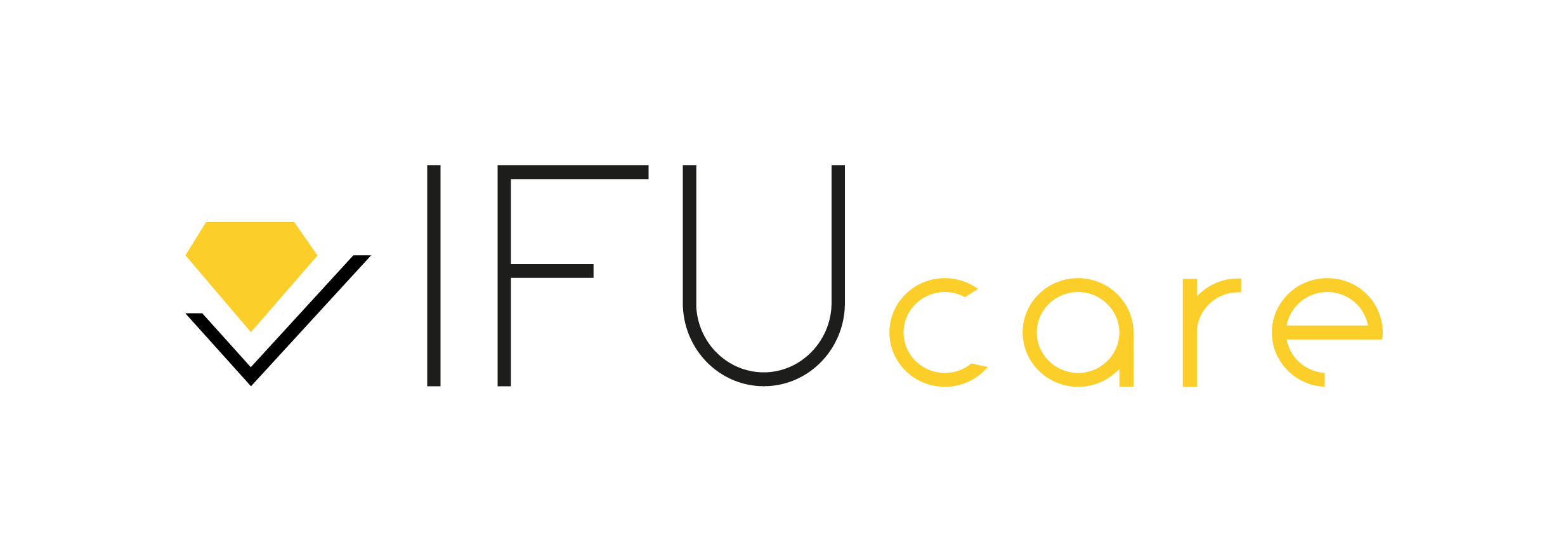
It is tempting to remain stuck on Instructions For Use (IFU) as the sole focus in conversations about eIFU; it is frequently the first item on a manufacturer’s agenda as part of decision taking and implementation. For many, however, a range of additional documentation is equally important. Certificates of Analysis (CoA), Safety Data Sheets (SDS) and other Quality Control (QC) records are just some of the paperwork manufacturers handle each day to ensure their products remain compliant and safe.
Most companies have service engineers deployed to follow up on requests for these kinds of documents. Having an eIFU system in place allows manufacturers to proactively make them available, freeing up service engineers to bring additional value. Moreover, consumers expect to have this information readily available. Expanding the scope of eIFU beyond the IFU alone is therefore crucial for manufacturers aiming to boost bottom lines and cater to customer needs.
Internal and external
End users, consumers, health care professionals, customers; use of these terms ramped up over recent years as manufacturers turned to eIFU solutions. But the benefits for internal stakeholders are just as significant. Manufacturers have support teams on the road, sales representatives for customers and regulatory staff abroad. All benefit from having easy access to the latest compliance news. “End users” may be at the forefront of recent regulation – but the value of an eIFU system that enables swift access of regulatory documents spans the whole supply chain.
As the industry becomes more comfortable living without paper, new initiatives are springing up to streamline information flows. Many manufacturers have developed access portals for different kinds of documentation and diverse audiences. Since these initiatives have come from different groups in the company, each typically has separate teams supporting them and sometimes they overlap in content. Maintenance becomes burdensome and the main source of truth becomes hazy. Streamlining this information is crucial for alleviating these concerns. It also offers the opportunity to expand an eIFU system’s scope to include restricted access content like information for distributors, private label manufacturers and specific internal stakeholders.
eIFU benefits there for the taking
Whether you are considering implementing eIFU or have already done so, brands should be conscious that the upfront advantages are only a small part of the package. The benefits are twofold; on one hand internal and external stakeholders alike gain greater satisfaction from enhanced accessibility, and on the other operations can be run more efficiently with spare resources which can be used to generate more added value.
Wondering about the next steps? Reach out to the regulatory and technical experts at IFUcare and we’ll be happy to review the opportunities together with you.


